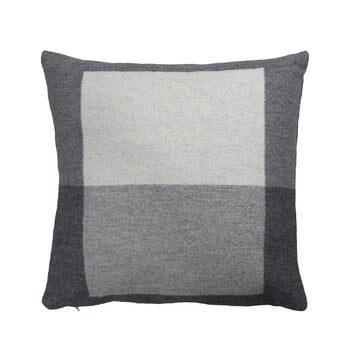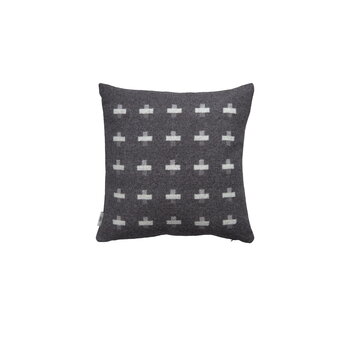Røros Tweed's Syndin cushion charms with playful blocks of contrasting colours, which have been inspired by the mountainous landscapes of the Syndin region in Norway. Designed by Kristine Five Melvær, the Syndin collection offers visual delight with its geometric shapes as well as luxurious softness and comfort. You can make use of two beautiful patterns, as the design varies in the front and back of the Syndin cushion.
High-quality home textiles by the Norwegian Røros Tweed are made from 100% Norwegian lambswool, shorn from sheep living free in the mountains. The manufacturing process is also kept fully in Norway to maintain high standards, which have been essential to the company's continued success since the 1940s.








